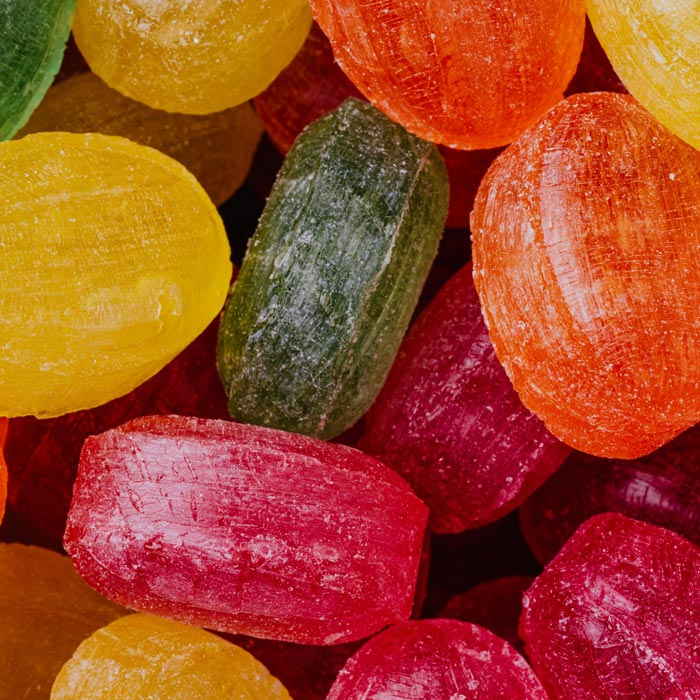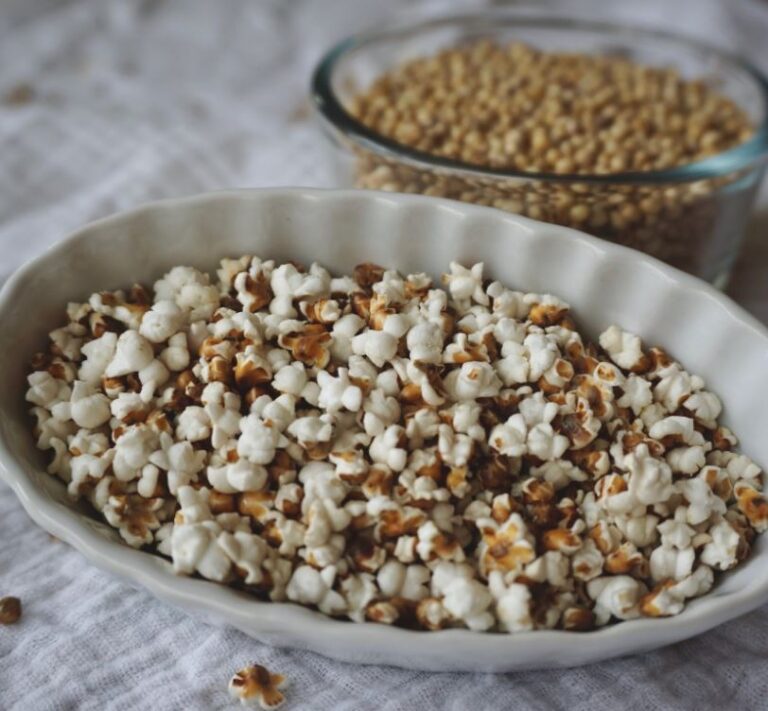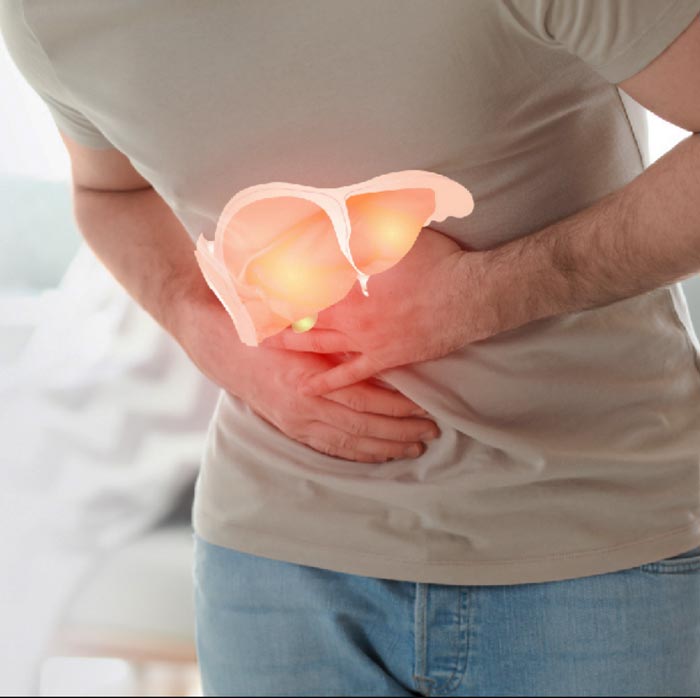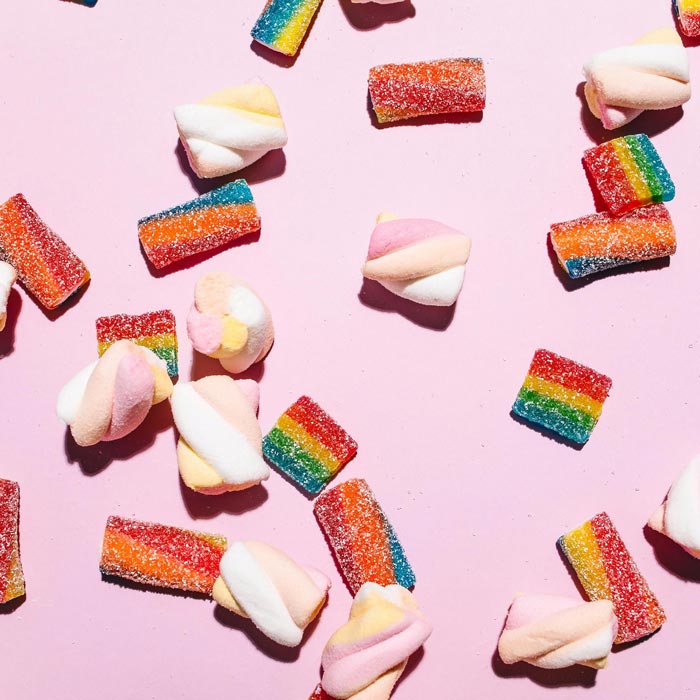Effective Ways to Sugar Detox and Lead a Healthy Life
Sugar is found in everyday foods, as well as desserts and treats. Although a limited amount of sugar is unlikely to have a negative impact on your health, hidden sugars found in everyday food can easily increase the daily sugar intake. Weight gain, diabetes and certain cancers can follow.
Disaccharides are sugars that contain two monosaccharides, such as glucose, fructose and galactose. This is two monosaccharides combined, like sucrose, maltose and lactose. Sugar, starch and fiber are three of the main components in carbohydrate-rich foods. The term sugar is used in this article to refer to sugars added in food, often in the forms of fructose or sucrose. These sugars can have a negative impact on your health.
What is the truth about sugar?
If you consume a teaspoon of sugar once or twice a month, it is unlikely to affect your health. If you increase your daily sugar intake to 19 teaspoons or more, then you are likely to experience obesity, heart disease and fatty liver diseases, diabetes and Alzheimer’s.
High sugar intake accelerates the appearance of fine lines and wrinkles, such as . This is due to advanced glycation products (AGEs), which damage collagen and elastic fibers.
The hippocampus, or reward center, in your brain is activated after the sugar has been metabolized. A pleasure cycle follows, which encourages your brain eat sugary foods on repeat . This cycle of sugar consumption can lead to addiction.
Sugar intake recommended
Experts from around the world concluded that sugars added should be limited at less than 9 teaspoons per day for men and 6 teaspoons per day for women or less than 10 percent of calories. This is a lot of sugar. Just one 12-ounce can of soda, lemonade or any other sweetened beverage contains this much.
[ruby_related heading=”More Read” total=3 layout=1 offset=5]
How to detoxify and curb cravings
We want more sugar the more we consume. Are you ready to end this vicious circle? You will need to be patient as your brain, body and palate may take up to two to four weeks to adjust to a lower sugar intake. Here are 10 ways to control your sugar cravings.
- Limit sweetened drinks. Switch to unsweetened alternatives like coffee, tea and smoothies.
- Drink a lot more water. Switch a soda can for sparkling water. Enjoy the fizz and reduce sugar while increasing hydration.
- Replace sweets by fruit. Eat fruit whole when you are craving sweets. You can sweeten plain yogurt by adding frozen fruit that has been warmed up. This concentrates the flavors.
- Use sugar alternatives that are healthy. Replace added sugars with sugar substitutes, such as stevia.
- Distract from cravings. Set up a 5-minute timer and distract yourself whenever the craving hits. Distraction is important to keep you from giving in to cravings.
- Read the product label. Select packaged foods that have no added sugar.
- Maintain a balanced diet. Eat nutritious meals that include protein, complex carbohydrates, fiber, and vegetables. This will help to control blood sugar levels and reduce sugar cravings.
- Develop healthy habits. Manage stress and prioritise sleep quality and quantity. Stress and sleep deprivation are linked to sugar cravings and intake.
Watch out for hidden sugars
Here are some of many names that sucrose or and other forms of sugars added may hide behind. Avoid as many as you can to retrain your palate and brain to prefer naturally sweetened foods and reduce cravings.
Healthy sugar alternatives
You don’t have to give up fruit just because you want to cut back on sugar. Fruits and low-calorie sugar substitutes can help you bridge the gap, and aid in weight loss.
- Whole fruit. Fruits such as frozen, fresh and pureed fruits are excellent sugar alternatives because they contain nutrients and fiber which slow down the absorption of sugars and provide satiety. Research confirms that whole fruit has many anti-obesity benefits, despite having more calories than the low-calorie sweeteners listed below.
- Stevia. Stevia is a sweet leaf plant that comes in liquid and powder form. The plant itself, however, is the most natural, healthiest option. You can add a few leaves into a smoothie or chopper them up to bake goods. Even commercially prepared Stevia has an unpleasant aftertaste for some.
- Erythritol & Sugar Alcohols. Polyols such as erythritol, xylitol, sorbitol, are naturally found in fruits and vegetables, but are also produced industrially for human consumption. Sugar alcohols like erythritol and xylitol have about half as many calories as sucrose. Erythritol, however, is almost zero, but tastes sweeter. Both xylitol (a sugar alcohol) and erythritol (a sugar alcohol) help to reduce tooth decay when compared with sucrose. The incomplete absorption of erythritol in the small intestine may cause gastric discomfort.
- Monk Fruit Extract. Monk fruit, a tropical East Asian Fruit. Its extract contains no calories and is up to 250 times sweeter that sucrose. The monk fruit contains mogrosides, which are antioxidants that are responsible both for the intense sweetness of the fruit and its reported health benefits.
- Allulose. It is a natural sweetener that can be found in wheat and figs. Jackfruit, raisins, and jackfruit are also sources. Allulose is a sugar substitute that contains no calories. It is also not metabolized by the body and excreted through the urine. It is slightly sweeter than sugar and has no aftertaste. It can be used to replace sucrose 1:1 in baked goods. Studies show that replacing sucrose with this sweetener has metabolic benefits and improved health.
Reduce your added sugar consumption, especially liquid forms, as this is the most important change you can make. Switching sweetened drinks and foods in your workplace and home to unsweetened alternatives will help you create a successful environment. A little planning and patience can help you reduce your sugar intake, and therefore health risks.






